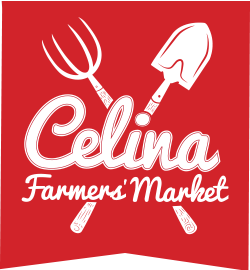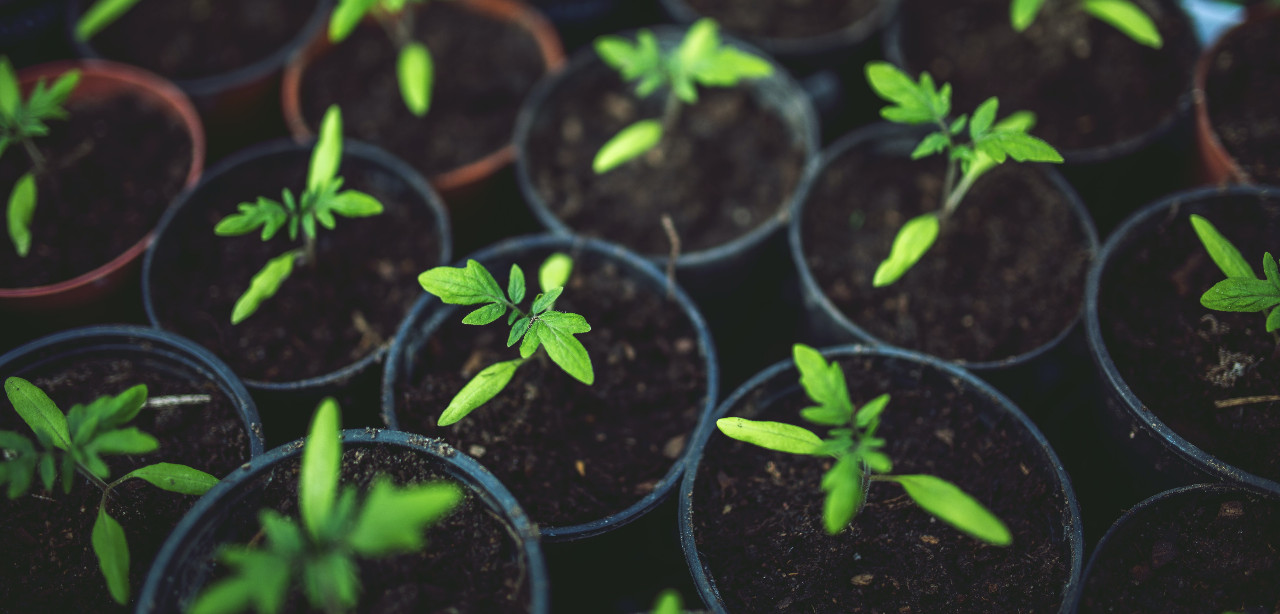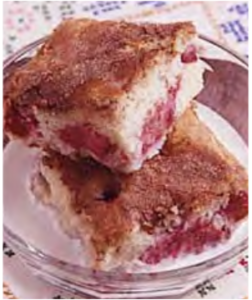
02 May Celina Thymes June 2014
Market News
The first month at the market couldn’t have been better. The first week brought 7 vendors and 2 more arrived the following week. Shoppers salivated over a variety of baked goods and desserts supplied by the Zehr family, the Troyer family, and Michelle Adams’ French macarons.. Others browsed Christine’s handcrafted jewelry and Deb Shellabarger’s natural soap. A display of raw honey from Mike Pence glistened in the early light. The Bowman family provided an array of produce and plants Newcomer Kyle Sudhoff sold lettuce mixes, cabbages, kolhrabi, radishes, turnips and tomato seedlings from his farm in St. Anthony while Lisa Snyder sold vegetable starts ready for the garden. The products and produce avaliable continue to grow as the season unfolds and new vendors Teresa Simonson (handcrafted items), Elizabeth Shoaff (baked goods), Dylan Rose (homegrown popcorn), and the Wakeland family (produce) will soon arrive to sell their goods. Stop by every week to see what is new at the market.
What’s Growing
June is the month where the garden transforms from a patch of sparce green to a rolling carpet of cabbages, potatoes, greens, peas, and a few persistent weeds. The garden is starting to produce meals instead of snacks, but the bountiful harvest is still another month away. Large cabbages make their first appearance in June along with the usual displays of radishes, lettuce, spinach, and turnips. June is the first month to offer the locavore a source of fresh fruit. The market in June
is crowded with juicy red strawberries, blueberries and fresh, sweet raspberries, but to truly eat in-season there is one more berry that needs to be mentioned. Mulberries, those stubborn little trees which find their way into cracks beside buildings and in the middle of a prized shrub. The red mulberry tree is native to Ohio and is an important food source for many birds. The berries are an excellent source of vitamin B, vitamin C, vitamin K, and iron.. One tree contains several pounds of berries which can be added to granola, desserts, pancakes, used as an ice cream topping, or made into jams. Since mulberries are native to Ohio, they can often be found in borders between fields and along roadsides. Several of these trees line the Celina bike path and the purple spots on the pavement are a sure sign that a mullberry tree is nearby. Make sure you have permission to pick if the tree you spot is on private land. Mulberries begin to ripen late May through July, turning from pink to an almost black color. Their rich juice can stain your fingers so wear gloves if attempting to pick by hand. To avoid picking every berry individually, place a wide tarp, blanket, net, or sheet below the branch of the tree or bush and shake it with your hand or with a rake or branch hook. Picked berries should be washed before use and the small green stems do not need to be removed. If no mulberries reach the fridge this season a bountiful supply of more common berries can be found at the market.
How To Shop Local
The Celina Farmers’ Market provides locavores with goods and produce, but what about locally raised meat and dairy? Sources for these items and more can be found at localharvest.org. This website is about linking real farmers producing real food with the members of their community. Simply log on to the website and enter Celina, Ohio into the search bar. The list that follows may be surprising and includes a producer of wool, certified organic produce, raw milk, pasture finished beef, and even a hydroponic farm. Click on a farm that interests you to find out more about the type of product they sell. Farms provide a list of seasonal goods at the bottom of each page that contain links for recipes and ways to use each item. Many of the vendors selling at the Celina Farmers’ Market, and the Celina Farmers’ Market itself, have a page on local harvest as well. Visit their page then come see them at the market.
Interview Thyme
May is normally the month when a buzzing fills the hot afternoons and busy bees can be seen moving from flower to flower sampling this year’s pollen bounty. This year, however, in many parts of Mercer county there is an eerie silence. The flowers remain empty and apple trees full of blooms lie still and unchanged. It was a long, bitter cold winter for everyone, including the bees. Local bee keepers have seen a loss of as much as 80% of their hives this season. Other areas around the country are reporting similar numbers as colony collapse disorder continues to sweep the nation.
Mike Pence has been a regular at the Celina Farmers’ Market for a number of years. He started caring for bees five years ago with just a couple of hives and he kept growing his farm until he reached 8 thriving hives last year. Unfortunately, Mike lost all of his hives over the harsh winter. He began his bee farm again this year, from scratch, starting with two hives. “I’m not sure I am going to get to harvest any honey this year.”
Mike’s bees collect nectar from clover, wild flowers, buckwheat, and fruit orchards in Sidney, Ohio. Mike says, “some describe the honey from the fruit trees as having a slight lemony or minty flavor. The type of honey depends on what is in bloom. Honey from wild flowers is light in color and tends to have a sweeter taste. The darker honey, such as Buckwheat honey, has a stronger flavor.”
Mike’s honey is in the raw form and is never heat processed like the honey found in the store. Pasteurization kills beneficial enzymes and many companies add high fructose corn syrup.
Raw honey is more than just a sweetener to top buscuits and cornbread. It is a great natural alternative sweetener to the common beet sugar which is now genetically modified. Honey can be used in yogurt, oatmeal, muffins, coffee, breads, beverages, cakes, cookies, and other desserts. Some cake recipes may need to be altered to avoid a slightly denser texture, but for a majority of recipes honey can be substituted cup for cup in place of sugar. Raw honey also has a rating lower than sugar on the glycemic index chart which makes it a better choice of sweetener for diabetics.
Raw honey is naturally anti-bacterial, anti-fungal, and anti-viral. It is still used in many parts of the world to dress surgical wounds and minor cuts. The anti-bacterial/anti-fungal qualities also mean raw honey has an unlimited shelf life. It will crystallize as it ages and this does not mean that the honey has spoiled. To return the honey to a syrup form, simply set the jar or bottle in a bowl of warm water for a few minutes.
Honey also has medicinal properties. A tablespoon of raw honey dissolved in a cup of warm water is a great remedy to sooth a sore throat. Since local, unprocessed honey is made from local pollen, when taken regularly it can decrease the severity of seasonal allergies.
If you are interested in starting a hive in your backyard or if you would like to know more about colony collapse disorder give our local apiary inspector, Tom Piper, a call at (419)586-1435 or stop by Mike’s booth at the market.
What’s Cooking?
Old-Fashioned Mulberry Rhubarb Cake
Servings: 12 servings
Ingredients
1/2 cup butter, softened 1-1/4 cups sugar, divided
1 egg
1 cup buttermilk
1 teaspoon vanilla extract
1/2 teaspoon ground cinnamon
Total Time: prep:20 min, bake: 35 min
2 cups all-purpose flour 1 teaspoon baking soda 1/2 teaspoon salt
2 cups chopped rhubarb 1 cup mulberries
Directions
In a bowl, cream butter and 1 cup sugar. Add egg; beat well. Combine buttermilk and vanilla; set aside. Combine flour, baking soda and salt; add alternately with buttermilk/vanilla to the creamed mixture. Stir in rhubarb. Spread in a greased 13-in. x 9-in. baking pan. Combine the remaining sugar with cinnamon. Sprinkle over batter. Bake at 350° for 35 minutes or until cake tests done. For a traditional milk topping, combine 1-1/2 cups milk, 1/3 cup sugar, and 1 teaspoon vanilla
extract. Pour over individual squares.




